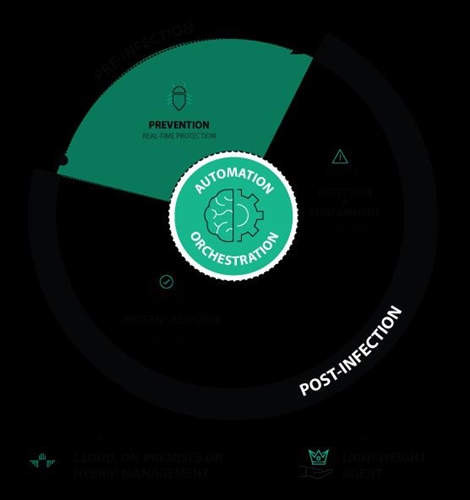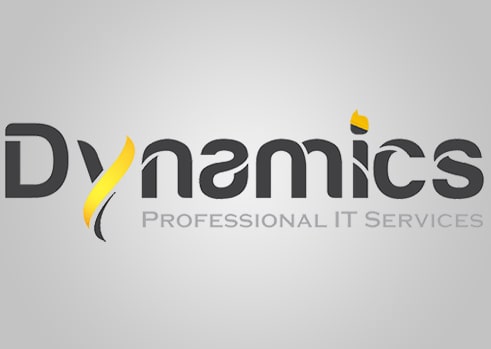A true-up is a general accounting term that refers to reconciling multiple balances. An enterprise agreement from Microsoft requires its enterprise customers to conduct an annual true-up. That true-up reconciles changes in its users, devices and processors for a particular Microsoft product like SQL Server since the last true-up. This process identifies unapproved installations of these products, which can cause an unexpected bill of thousands or even millions of dollars. It is therefore essential to remove these unauthorized installations before the annual true-up is due.
SQL Server resellers often send true-up forms to their customers more frequently than Microsoft requires. Some customers receive them every month. They may feel compelled to fill them out each time. However, Microsoft only requires one true-up each year. This true-up must also include an update statement that describes the count changes for the previous year. Increasing true-up counts in the enterprise agreement is quite easy, but reducing the count, also known as truing down, can be very difficult. However, you can make this easier if you perform the following steps.
1 CHECK YOUR COUNTS
There are many ways to check the true-up counts for SQL Server, such as looking in the Active Directory of your network. You can also use a software asset management (SAM) tool or System Center Configuration Manager (SCCM) tool to determine the qualified device count (QDC) of your organization. In addition, email accounts and human resource systems are useful for finding qualified user counts (QUCs). Many organizations also resort to estimating true-up counts based on the number of employees they have. However, software configuration managers do not recommend this method because of its inaccuracy.
2 CREATE A VALUE GAP
You can create a value gap while you determine the true-up count of your organization for SQL Server. The value gap is the difference in licensing costs between the last true-up count reported to Microsoft and the actual true-up count at the present time. You can build an argument for truing down when you base the current true-up count on hard data rather than estimates. Many software vendors provide solutions for facilitating this task by cutting down on the workload and guessing required.
3 PREPARE FOR THE SQL SERVER TRUE-UP
The enterprise customers of Microsoft often leave an enterprise agreement true-up until the last minute. However, this approach can prevent you from truing down. To achieve this goal, you need to prepare for the true-up well in advance by adhering to the deadlines specified in the enterprise agreement. For example, Microsoft only allows enterprise customers to reduce their counts between 30 and 60 days before the enterprise agreement true-up is due. So, customers must prepare their data and arguments for truing down well before then.
4 CHECK YOUR ORIGINAL COUNTS
A critical factor for determining how far you can go in reducing the counts in your enterprise agreement is the scope of the SQL Server purchase. Was SQL Server purchased on behalf of the entire enterprise, or was it bought through a perpetual license or subscription? Microsoft only allows a customer to reduce counts on enterprise-wide purchases if that customer scales its online service subscriptions back down to their original levels. Assume for this example that your original enterprise agreement requested 1,000 subscriptions to SQL Server for your entire enterprise. But then your total subscriptions grew to 1,500 during the following year. In this scenario, you can only scale your count back down to the original 1,000. However, you can reduce the count for purchases that were not enterprise-wide, provided you maintained the minimum counts required by the license or subscription.
5 REVIEW YOUR SQL SERVER EDITIONS
The following editions of SQL Server are available:
• Developer
• Enterprise
• Express
• Standard
• Web
The license fees of these editions vary, so you can save a considerable amount of money by replacing editions that are not being fully used. Assume for this example that you are using the Enterprise version of SQL Server but are only using the features of the Standard version. You could save about $10,000 per license by downgrading to Standard.
6 BEWARE OF COMPLICATED PRODUCTS
Some Microsoft products are easy to manage. This process is more challenging for products like SQL Server and Office 365. Pay close attention to the contractual language to ensure you understand the deployment of complicated products, especially their count requirements. It is often possible to reduce the SQL Server count of your organization without denying access to those who need it.
Database administrators need a simple, efficient way to discover, document, and manage their SQL Server environment as the organization changes. It is important to have a way to inventory and determine which SQL Servers need oversight and maintenance. SQL Inventory Manager offers an organized web-based dashboard that captures core information about the entire inventory of SQL Servers across the environment.
• View all SQL Servers, including their location and ownership
• Automatically discover new servers installed to better manage sprawl
• Create tags and custom fields to organize servers and databases




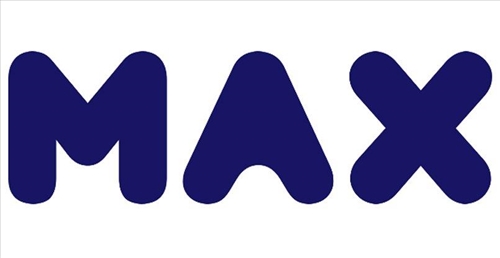



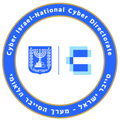
.png)



.png)
-min.jpg)





.jpg)

mVXK.jpg)
.jpg)
.jpg)
.png)
.jpg)




.jpg)

.png)

.png)

.jpg)
.jpg)

.png)
.png)





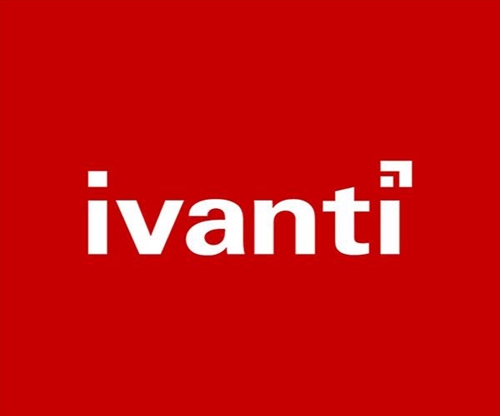











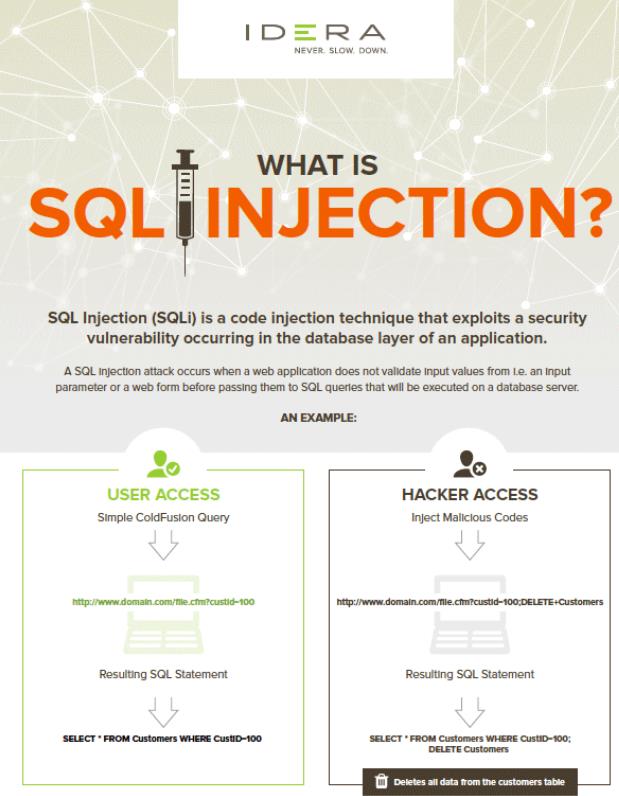




.png)





.png)
.jpg)



.jpg)





